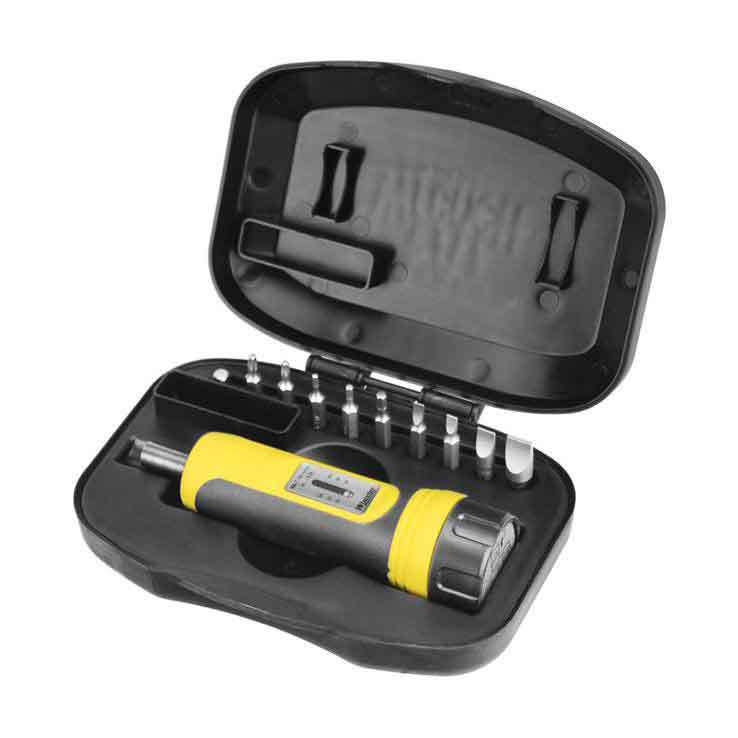I installed a 50A charging circuit a Clipper Creek charger about 3 years ago, using Polaris connectors to make the connections. I didn't have a hex socket to use when I installed them so I used an Allen wrench instead, intending to go back and check them later. Of course I forgot until spurred by a recent discussion here on TMC. When I opened the junction box this is what I found.
The connectors were properly rated, but they also needed to be torqued to 45 inch-lbs which I'm sure I wasn't able to do with just an Allen wrench. Wires for charging circuits carry a lot of current and can expand and contract with the heat generated during the charging cycles, eventually causing the connections to loosen and degrade. This increases resistance, generates heat and can lead to failures. Connectors will specify the recommended torque - even if they 'feel' tight it is wise to check.

The connectors were properly rated, but they also needed to be torqued to 45 inch-lbs which I'm sure I wasn't able to do with just an Allen wrench. Wires for charging circuits carry a lot of current and can expand and contract with the heat generated during the charging cycles, eventually causing the connections to loosen and degrade. This increases resistance, generates heat and can lead to failures. Connectors will specify the recommended torque - even if they 'feel' tight it is wise to check.



